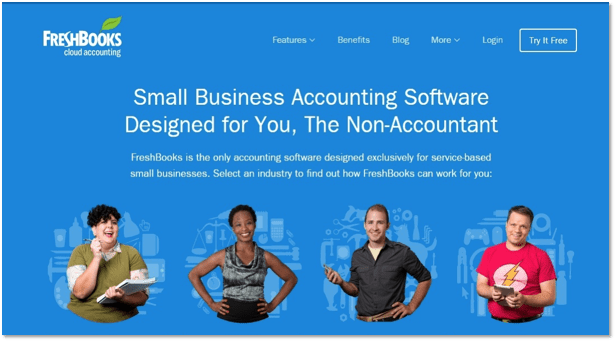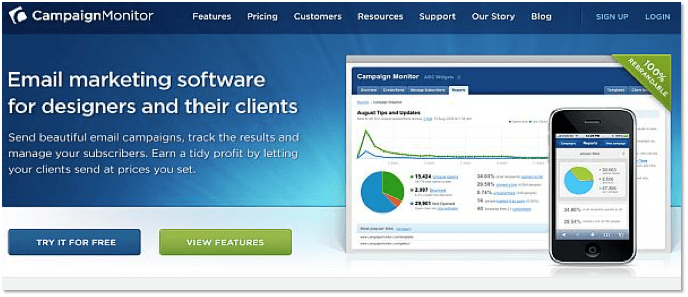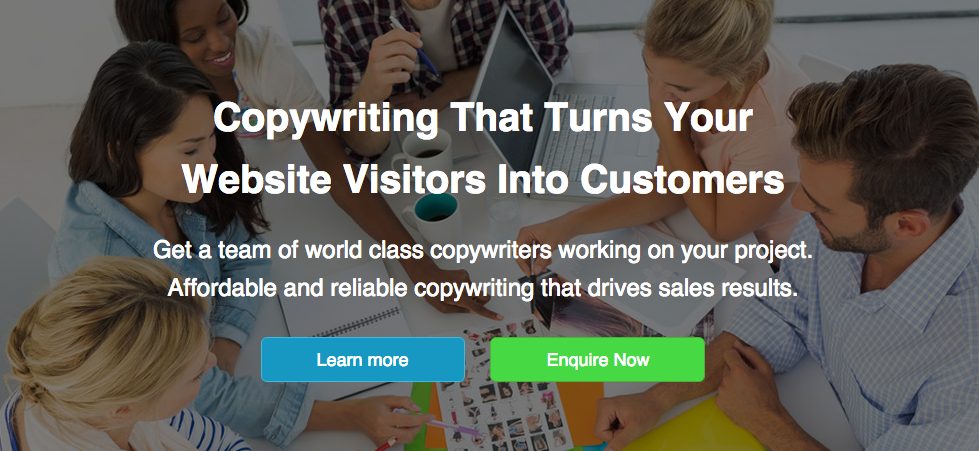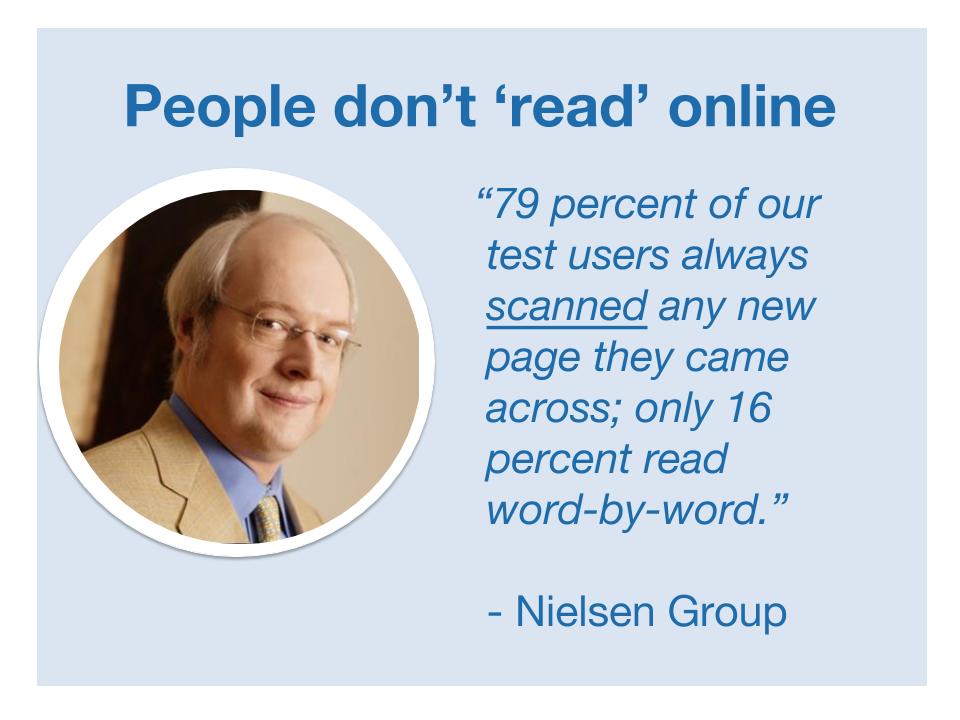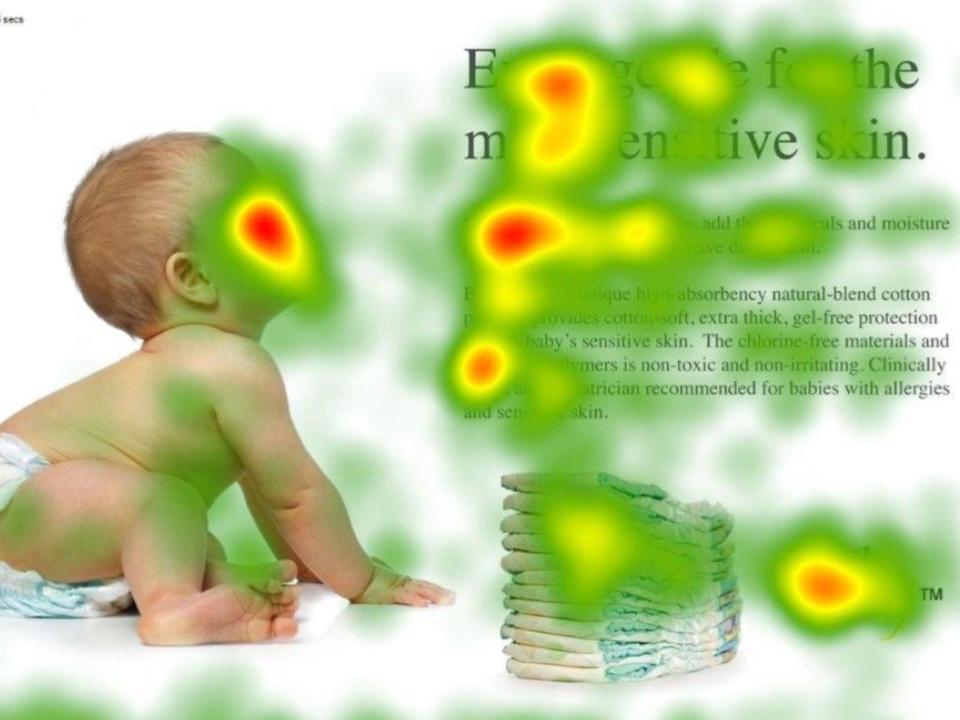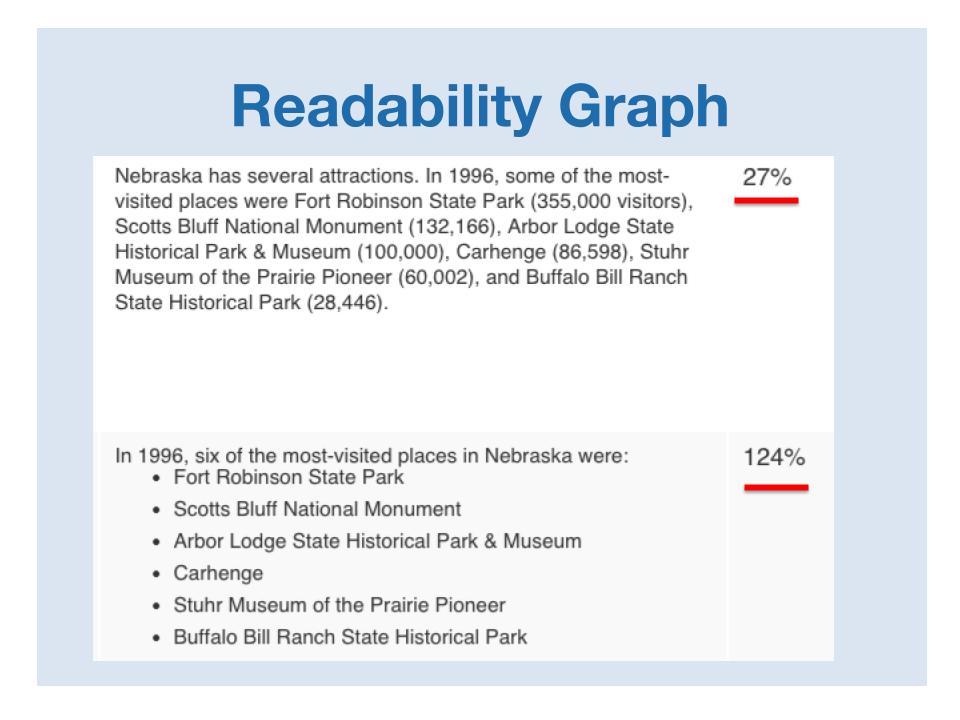
How to Create a High-Converting Event Landing Page in 2019
Are you a coach, speaker or business owner thinking about running an event? Are you looking for event landing page examples to inspire you? You’ve come to the right place!
Your event will only be a success if people show up. And while there are many ways to market an event, from paid advertising, email campaigns and sponsorships, one of the most effective ways is by creating an event landing page that converts.
Here at Copywriting Crew, we love beautifully-designed landing pages. Who doesn’t want an attractive landing page they can show off to their friends?
But if you want your landing page to convert, then you need more than just a pretty design. You need compelling and engaging copy that works with the design to convert your visitors into attendees.
In this blog post I’m going to share with you:
- 5 High-Converting Event Landing Page Examples
- 6 Questions Your Event Landing Page Needs To Answer
- 5 Ways To Boost Your Conversion Rate & Ticket Sales
Need help writing the copy for your landing page? We can help! Check out our landing page copywriting services.
5 High-Converting Event Landing Page Examples
These 5 examples are a mix of the landing page copy we wrote for our clients’ events and other event landing pages that we admire.
1. Web Copy Workshop
Industry: Advertising and Marketing

‘Web Copy Workshop’ was a 1-day copywriting workshop that I held in Sydney back in 2015. And while it’s hard to critique my own work, I’ll be sure to give you my unbiased opinion of what worked and what didn’t in my points below.
What’s great about this workshop landing page?
- The pre-headline copy clearly states what it is: ‘One-ay Copywriting Workshop’. The main headline mentions the benefits of attending: ‘How To Write Powerful Web Copy That Turns Your Visitors Into Customers And Clients’.
- The short explainer video includes testimonials from previous attendees who talk about what they loved about the workshop.
- The landing page copy does a good job of answering the question, ‘What makes this workshop different?’ by providing five unique reasons why it’s different along with the benefits of attending.
What could be improved?
- Photos taken at the previous workshop could be added to the landing page to create social proof and to humanize the event.
- A countdown timer that counts until the event date could increase the conversion rate by creating a sense of urgency to purchase tickets.
- An early bird discount or payment plan option may also increase ticket sales by making it more affordable to attend.
2. Home-Grown Heroes
Industry: Real Estate Investing
‘Home-Grown Heroes’ is a 1-day conference held every year in Western Australia. The event organiser, Ryan Thompson, hired us to update the landing page copy for this year’s event. So while I might be biased in analysing the landing page (since we wrote it), here are my two cents:
What’s great about this event landing page?
- The landing page follows an unusual comic book design. And while this may not work for every event, it’s definitely memorable and more engaging than other, more traditional (aka boring) real estate events.
- The main image on the page is the speakers as ‘Avengers’ superheroes! This suits the ‘hero’ theme of the event and is bound to grab attention.
- There are many convincing testimonials from noteworthy attendees who recommend both the event and the speakers.
3. Fast Growth Summit
Industry: Sales and Marketing

The ‘Fast Growth Summit’ is a 2 1/2 hour event presented by my friend Kerwin Rae. The big promise of the event is that Kerwin will be ‘revealing my exact step-by-step blueprint for sky-rocketing your sales with social media’. The seminar happens multiple times per year and attracts hundreds of eager-to-learn attendees.
What’s great about this event landing page?
- The headline mentions specific results ($500k from snapchat, $10 million from Facebook, etc.) which the audience probably wants to achieve themselves.
- Scarcity is used effectively below the headline with the mention of, ‘Limited tickets are selling out fast, so act now’.
- There are many video testimonials from attendees (I counted 9 on the landing page!) which is overwhelming proof that the event is worth attending.
- A ‘double your money back guarantee’ is an ambitious and sure-fire way to remove any lingering doubt about attending because if you’re not satisfied, you’ll actually walk away with a small profit.
4. Super Fast Business LIVE
Industry: Online Business and Marketing

‘Super Fast Business Live’ is a 2-day event organised by James Schramko and held in Manly, Australia every year. I attended a few years ago and it was definitely a worthwhile event, full of actionable insights and strategies.
What’s great about this event landing page?
- James uses short and engaging videos throughout the page to effectively sell the benefits and provide ‘reasons why’ to attend the event.
- Video testimonials from previous attendees are provided.
- The ‘Featured Speakers’ section reads like a ‘Who’s Who’ of the online marketing world, and their presence alone would definitely draw a crowd.
- A comprehensive FAQ at the end of the landing page is a great idea to reduce support emails and answer any final questions potential attendees may have.
5. DMDU - Digital Marketers Down Under 2019
Industry: Digital Marketing

‘Digital Marketers Down Under 2019’ is a 2-day conference featuring some of the biggest names in online marketing, to be held on the Gold Coast in Queensland, Australia. Use the coupon code 'copycrew' upon checkout to get a $100 discount.
What’s great about this event landing page?
- The 1-minute upbeat explainer video at the top of the page is engaging and does a great job of selling the benefits of attending (world class speakers, actionable content, best practices, etc.)
- The speakers are an impressive lineup of recognisable, industry-leading names whose star-power is sure to attract more ticket sales.
- The bright green call-to-action button is repeated throughout the page in strategic locations. The button copy ‘Get Tickets Now’ creates urgency too.
- The landing page copy answers an important question that most attendees ask: “Why should I attend?” by providing some convincing answers in their ‘7 Reasons To Attend’ section.
6 Questions Your Event Landing Page Needs To Answer
Your landing page needs to answer the questions that attendees are likely to ask themselves when deciding whether or not to attend your event.
Ideally, your event landing page should be divided into several sections to answer the following 6 questions.
1 . Who is speaking?
In this section, you explain who is speaking, why they are worth listening to (expertise) and what they will cover during their presentation (topics). The purpose of this section is to give the reader the confidence that they will learn something valuable from this event.
Whether your event features multiple speakers or a single keynote speaker, it’s a good idea to include a short bio and explanation of what the speaker(s) will cover during their talk. Here is an example of the ‘Speakers’ section from the ‘Digital Marketers Down Under 2019’ event landing page:

2. What will I learn?
People attend events to learn (and to network with others) ,so it’s important to explain what new information is going to be shared during the event.
And while you don’t want to give away everything on your landing page, you can share the presentation titles and a few bullet points from each of the modules. Here’s an example from my ‘Web Copy Workshop’ landing page:

3. Who should attend?
No one wants to attend the wrong event or feel like they’re in the wrong room.
If your event caters to a range of people or target audiences, be sure to mention the different groups on your landing page. Doing this will help to reassure the right people that your event is for them. Here’s an example from my ‘Web Copy Workshop’ landing page that answers the question, ‘Who should attend?’:

4. Why should I attend this event?
In some industries, new events are happening all the time. With an overwhelming amount of choices, people are more selective about which event to attend. That’s why it’s important to explain the many reasons why YOUR event is different or better than other similar events in your industry. Here is an example from James Schramko’s ‘Super Fast Business Live’ event landing page:

5. What are other attendees saying about the event?
It’s one thing for us to say how great our event is going to be. It’s another thing for previous attendees to say how great the event was or will be. If you have testimonials from attendees (written text or video recording), then be sure to include them on your landing page. Here is a video testimonial that appears on the ‘Super Fast Business Live’ event landing page:


6. How much does it cost to attend?
Pricing is a big factor in influencing ticket sales and your attendees’ expectations of the event. When it comes to pricing, be sure to do your research. A well-thought-out pricing strategy will increase ticket sales, while events with prices that are too low may struggle to make money or even cover their expenses.
On the landing page for ‘Digital Marketers Down Under 2019’, they mention the price and also the significant savings they offer on ticket prices:
4 Ways To Boost Your Conversion Rate & Ticket Sales
So, you’ve finished writing the copy and building your event landing page. Now it’s time to get the word out! But before you send traffic to your event landing page, you want to make sure that it has the best possible chance of converting visitors into paying attendees. Here are five proven ways to boost your conversion rate:
1. Video
Adding a video to a landing page has been shown to increase conversions by 80%. Adding a 1 to 2-minute video is an effective way to engage visitors while selling the benefits of your event. The speakers, up-to-date content, and networking opportunities are all things you can feature in your video.
2. High-Quality Photos
Invest in a professional photographer to come along and capture photos of the speaker on stage, an engaged audience and people networking. Adding real and authentic photos helps to humanize your event and create social proof. Avoid using stock photos, which can feel fake and cheesy to your visitors.
3. Real Urgency or Scarcity
Procrastination is the death of the sale. People naturally procrastinate when it comes to making a buying decision (like signing up to your event). But one sure-fire way to counter procrastination is by creating a sense of urgency or scarcity to your landing page.
One simple way to add urgency or scarcity is to mention that you have a limited number of seats and expect the event to be sold out. Another way is to add a countdown timer that counts the number of days until the event begins, showing people that time is running out.
4. Social Proof
Social proof is one of the most effective principles of persuasion. But what is it?
“The Social Proof Theory, popularized by psychologist Robert Cialdini, maintains that a person who does not know what the proper behavior for a certain situation is, will look to other people to imitate what they are doing and to provide guidance for his actions”
(source Psychologynoteshq).
In simple terms, people are sheep. When unsure of what to do, they will look at what other people are doing for guidance, and then do the same. So, how can you use social proof on your event landing page?
One way is to add video or written testimonials from former attendees to your page. But what if this is a new event and you don’t have any testimonials yet? Another effective way to use social proof is to add a little pop-up that alerts visitors about the recent activity of other users on your event landing page.
Booking.com uses this strategy when visitors are looking at accommodation on their website: “55 people are looking at this room right now”. You can also use an app like Proof to alert visitors whenever someone registers for your event with a message like “John S, from New York, just registered for the event”.
How To Get Your Event Landing Page Copy
Written In 5 Days
Need help writing landing page copy for your event?
Choosing the right landing page copywriter is no easy task. You can waste a lot of time searching, interviewing and hiring a copywriter who may not have relevant industry experience. And you’re probably too busy to write the copy yourself.
At Copywriting Crew, we take the time to research and understand your business, target market and unique message, before writing conversion-focused landing page copy for your next event or marketing campaign.
Our experienced Native-English copywriters and editors are from the US, UK and Australia. Our dedicated project managers are on-hand to provide support as well.
Check out our Landing Page Copywriting services!


